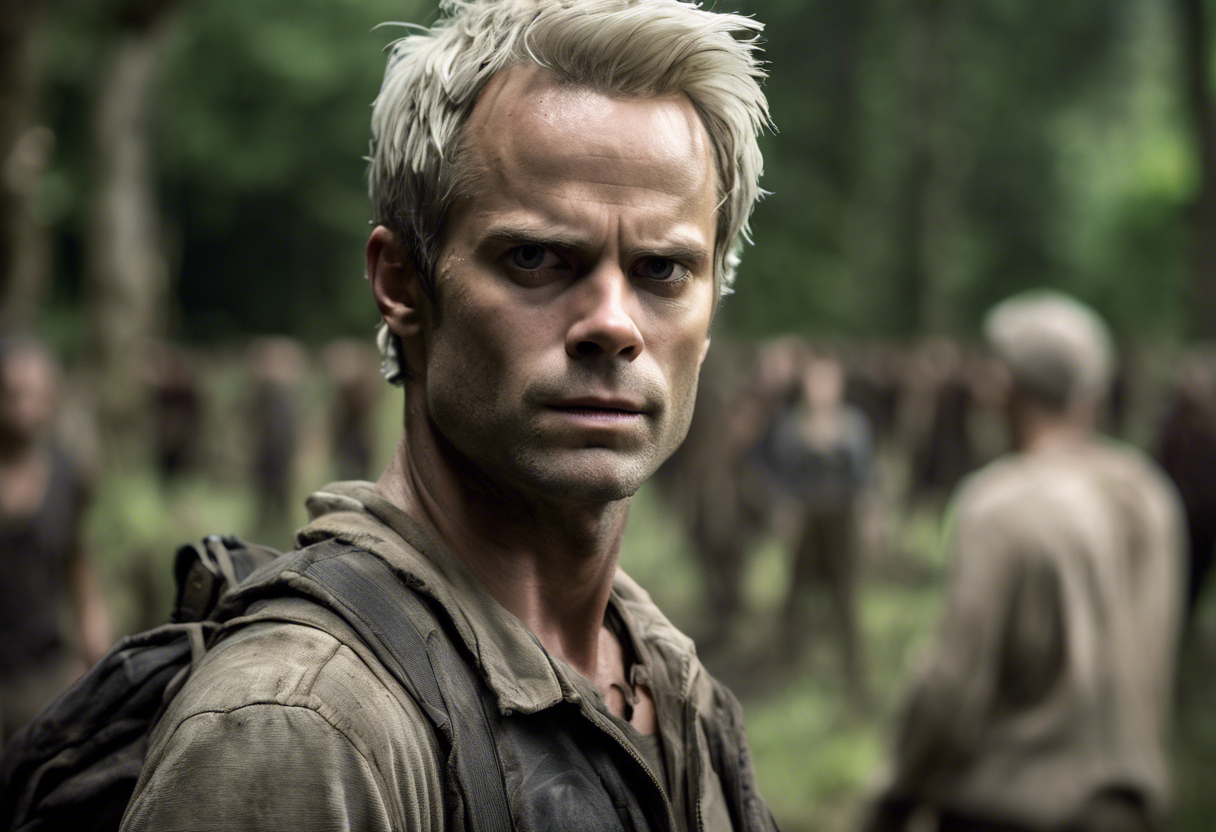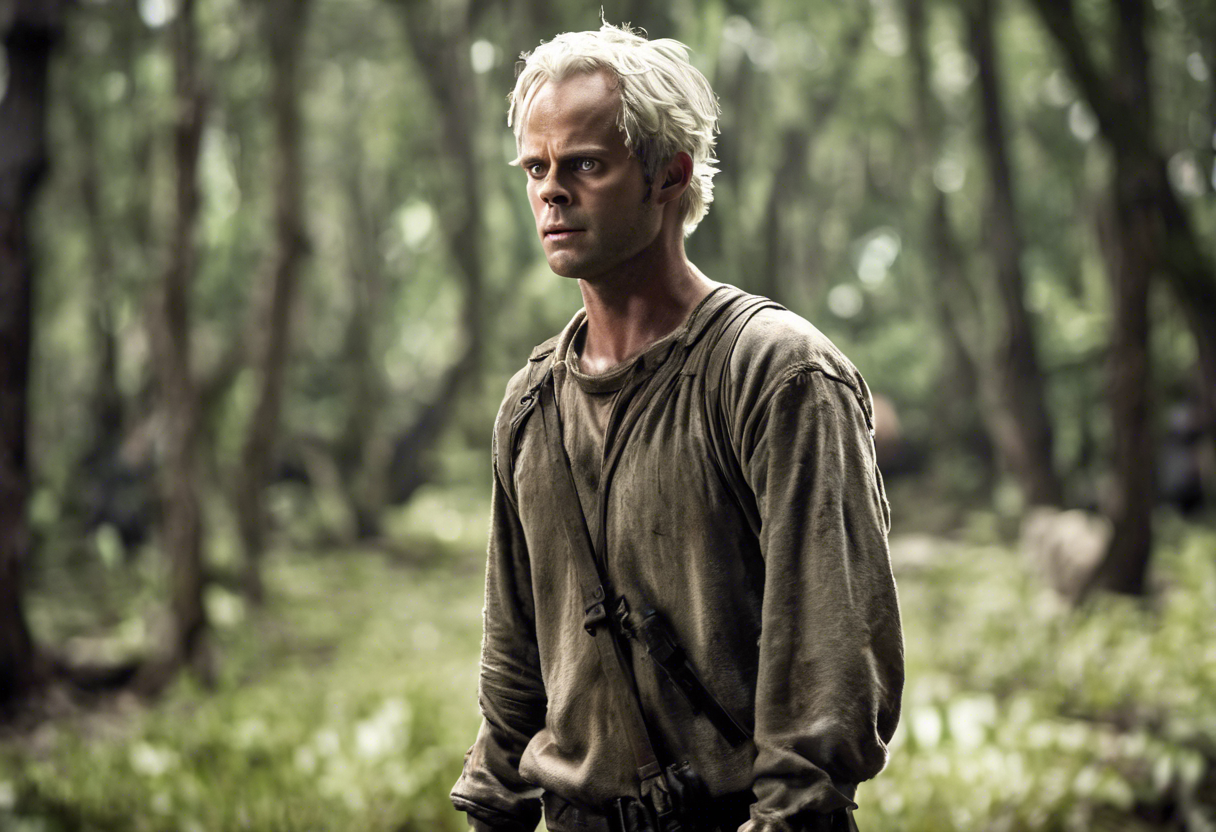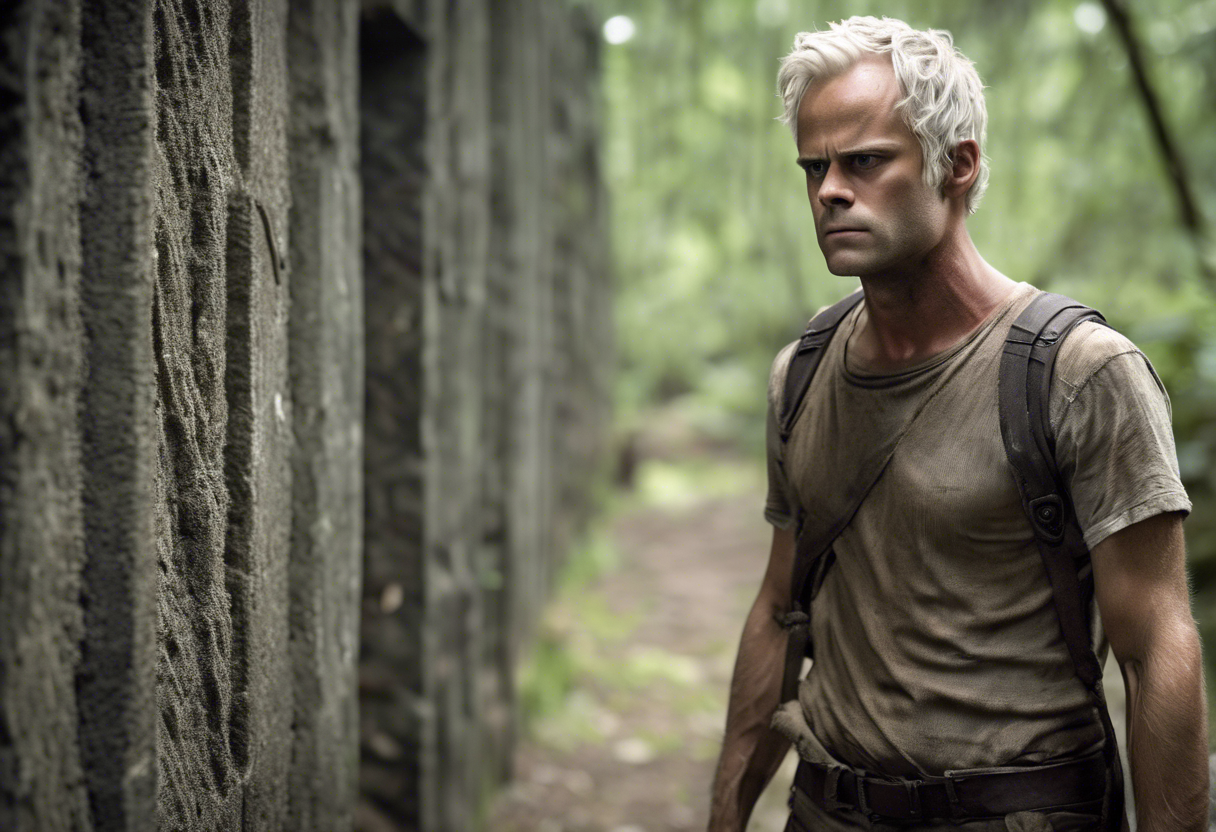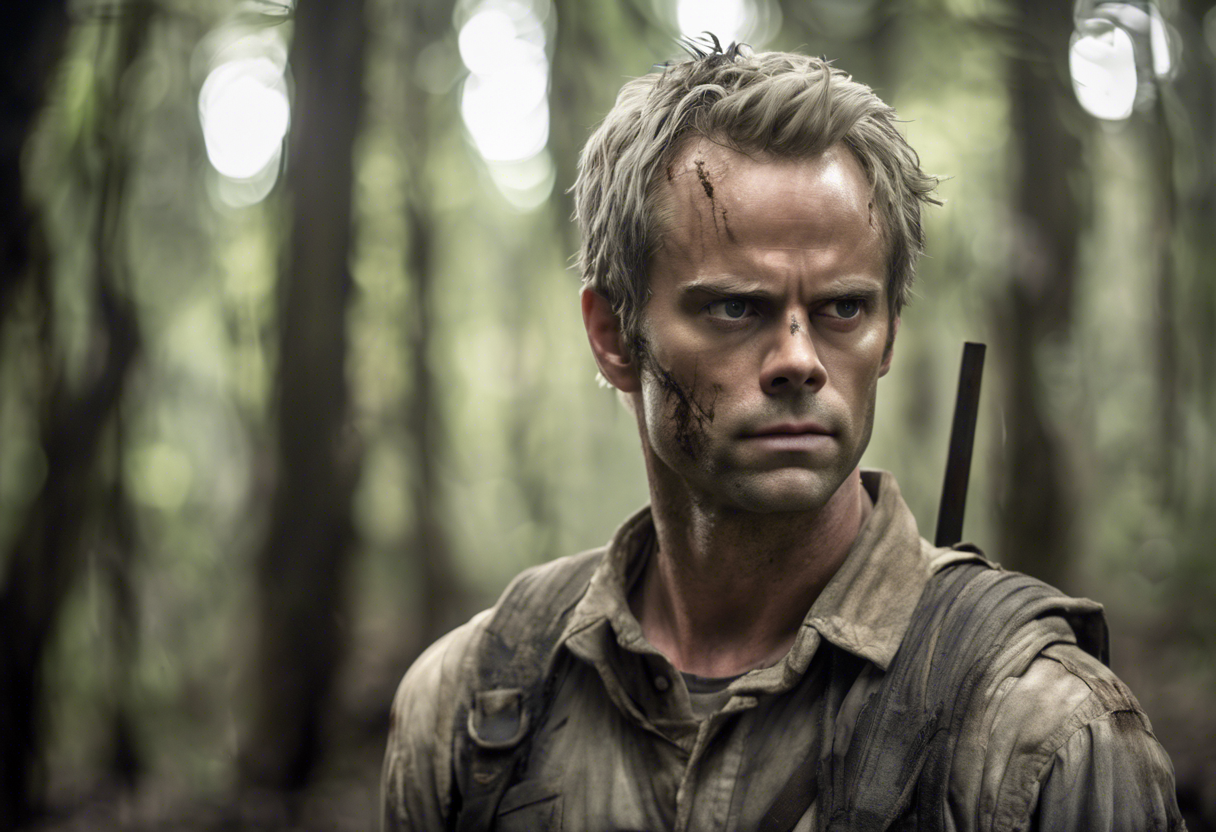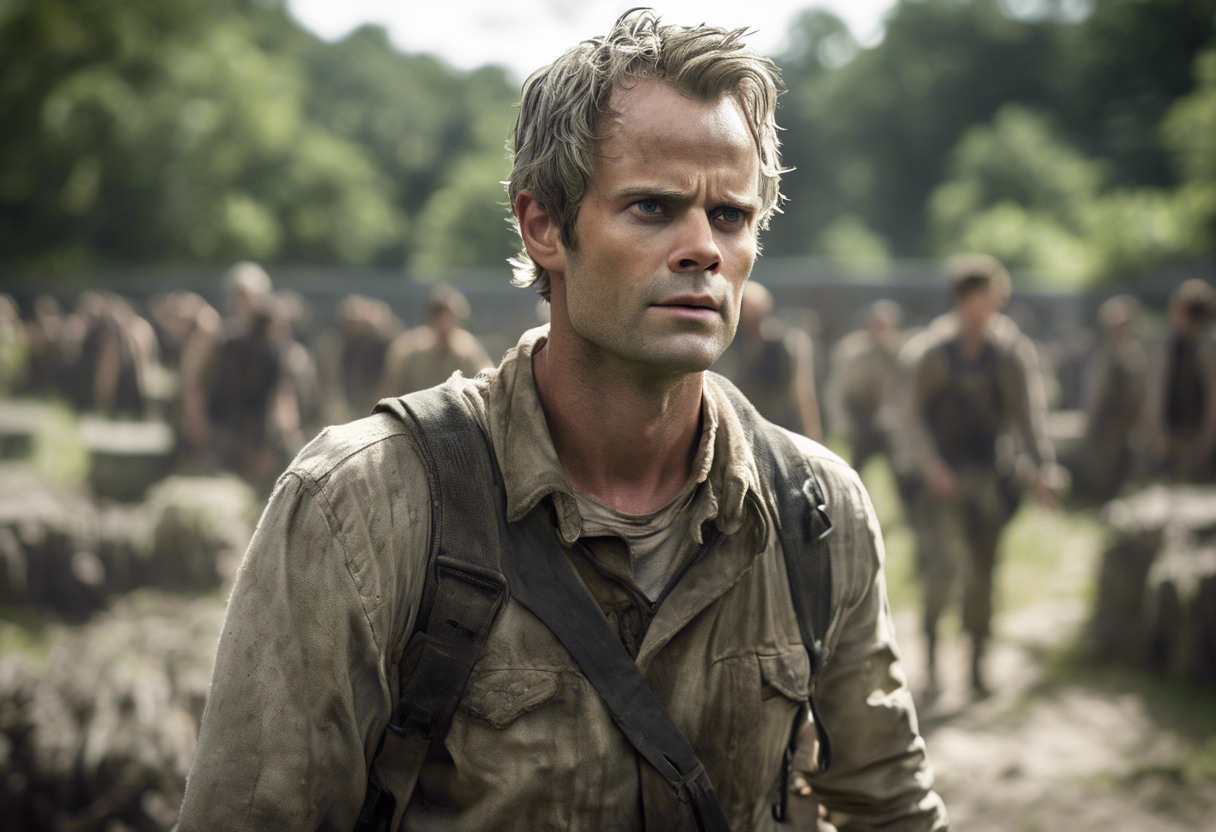Contents
Lawrence from The Maze Runner
Introduction
Lawrence, a significant character in the "Maze Runner" series, was created by author James Dashner and brought to life in the film adaptations by director Wes Ball. In the context of the series, Lawrence is not a primary character but rather a figure mentioned in the backstory, particularly in the prequel novel "The Kill Order" and briefly in the main trilogy. However, his impact on the narrative is substantial, as he plays a crucial role in the events leading up to the main story.
Lawrence’s backstory is intertwined with the origins of the maze and the experiments conducted by WICKED (World In Catastrophe: Killzone Experiment Department). He is one of the initial survivors of the Sun Flare, a catastrophic event that devastated the Earth, and his experiences shape the world of the Maze Runners. His defining traits include resilience, determination, and a deep sense of responsibility, which are pivotal in understanding the motivations of other characters.
Within the narrative, Lawrence’s significance lies in his connection to the early days of the Sun Flare and the formation of the groups that would eventually lead to the creation of the maze. His story serves as a foundation for the themes of survival, sacrifice, and the ethical dilemmas faced by the characters in the main series.
Role in the Story
Lawrence’s storyline is primarily explored in "The Kill Order," which serves as a prequel to the main "Maze Runner" trilogy. Here, he is depicted as one of the first survivors of the Sun Flare, a deadly pandemic that wipes out a significant portion of the world’s population. Along with his sister, Brenda, and other survivors, Lawrence navigates the treacherous new world, facing numerous challenges and making crucial decisions that impact the future.
One of the major decisions Lawrence makes is to join a group of survivors who are trying to find a safe haven. This journey is fraught with danger, and Lawrence’s leadership and resourcefulness are tested repeatedly. His relationships with other characters, such as Brenda and Mark, are central to the story, as they form a tight-knit group that relies on each other for survival.
Key events involving Lawrence include his initial survival of the Sun Flare, his encounters with infected humans (known as "Cranks"), and his eventual involvement with the early stages of WICKED’s experiments. These events set the stage for the main trilogy, where characters like Thomas and Minho navigate the maze and uncover the secrets behind WICKED’s operations.
Character Analysis
Lawrence’s personality is marked by his resilience and determination. Despite facing unimaginable hardships, he remains steadfast in his commitment to survival and protecting those around him. His motivations are driven by a sense of responsibility, particularly towards his sister Brenda, and a desire to find a safe and stable future in a world that has been devastated.
One of Lawrence’s strengths is his ability to lead and make tough decisions under pressure. However, this also exposes his flaws, such as his tendency to put the needs of others before his own, which can lead to personal sacrifices. Throughout "The Kill Order," Lawrence’s character undergoes significant development as he grapples with the moral implications of his actions and the consequences of his decisions.
Lawrence’s compelling nature stems from his relatability; audiences can empathize with his struggles and admire his courage in the face of adversity. His character serves as a bridge between the prequel and the main series, providing depth and context to the world of "Maze Runner."
Themes and Symbolism
Lawrence embodies several themes that are central to the "Maze Runner" series. One of the most significant themes is survival versus sacrifice. Lawrence’s journey highlights the difficult choices individuals must make to ensure the survival of others, often at personal cost. This theme is symbolic of the broader human experience, where individuals must balance their own needs with the greater good.
Another theme Lawrence represents is the struggle against oppressive forces. His early encounters with WICKED and the Cranks symbolize the resistance against entities that seek to control and manipulate. This theme is particularly relevant in the context of the main series, where characters like Thomas and his friends fight against WICKED’s experiments.
The character of Lawrence also symbolizes hope and resilience in the face of catastrophic events. His story serves as a beacon of light in a dark world, showing that even in the most desperate times, there is always a way forward.
Cultural Impact
Lawrence, although not a central character in the film adaptations, has a significant cultural impact due to his role in the prequel novel. Fans of the series appreciate his backstory because it provides a rich context to the world of "Maze Runner." His character has been well-received for adding depth and complexity to the narrative.
In adaptations and spin-offs, Lawrence’s story has been referenced to provide a broader understanding of the universe. For example, the film adaptations hint at the events of "The Kill Order," even though they do not delve deeply into Lawrence’s story. This has helped in maintaining a cohesive and expansive universe that fans can explore.
Lawrence’s influence on popular culture is subtle but significant. His character archetype—the resilient leader in a post-apocalyptic world—has inspired other works in the young adult dystopian genre. Characters in other series often reflect similar traits, such as leadership, determination, and a strong sense of responsibility.
Critical Reception
Critics and audiences have generally praised Lawrence’s character for adding a compelling layer to the "Maze Runner" series. Reviewers have noted that his story in "The Kill Order" provides a gripping and emotionally charged prequel that enhances the overall narrative of the series [1][5].
However, some critics have argued that Lawrence’s character could have been more fully developed in the film adaptations to provide a more seamless transition between the prequel and the main trilogy [2]. Despite this, his role in the books has been widely appreciated for its depth and emotional resonance.
Legacy
Lawrence’s enduring appeal lies in his ability to connect readers and viewers to the broader universe of "Maze Runner." His story serves as a foundation for understanding the motivations and actions of characters in the main series. The themes and symbolic elements he embodies continue to resonate with audiences, making him a memorable and impactful character.
In contemporary discussions, Lawrence’s character remains relevant as a symbol of resilience and leadership in the face of adversity. His story has inspired other works and character archetypes, ensuring his legacy continues to influence the young adult dystopian genre.
References
- https://screencrush.com/walton-goggins-maze-runner-the-death-cure/
- https://www.gradesaver.com/the-death-cure/study-guide/summary-chapters-45-60
- https://www.sparknotes.com/lit/maze-runner/symbols/
- https://www.inverse.com/culture/maze-runner-the-death-cure-5-year-anniversary
- https://repository.falmouth.ac.uk/3258/1/Evil%20Proof%203-4.pdf

